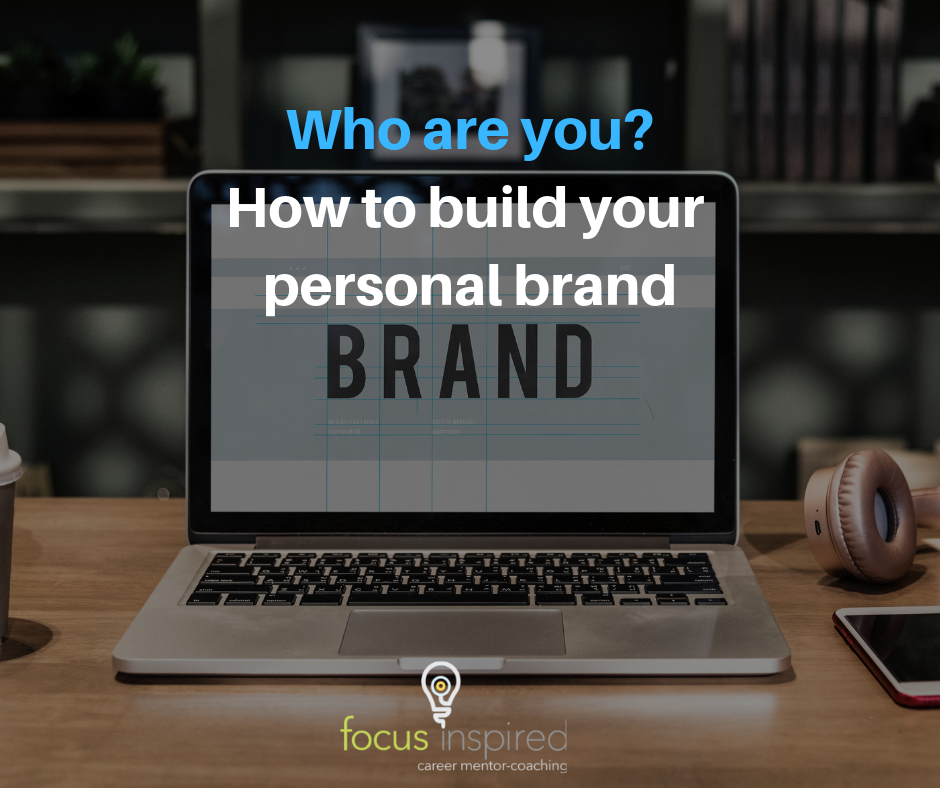
Who Are You? How to Build Your Personal Brand
Whether we want to admit it or not, we’re all our own brand. Some of us have a “Professional Brand”, and some have a “Personal Brand”. If you’re someone like a social media influencer, you’ll find that you fall into both. How exactly do we build our own brand though? You want to make sure that you’re being as direct and concise as possible to a viewer or consumer. This may even start with a logo, or with the way that you dress. Finding your own brand is both a sense of your skills, and your image.
What is the service you want to provide?
Any good business person knows that you have to be providing a service. If this service becomes too ambiguous or too generalized, no one will know what your “product” is. For example “I want to help the world” is a very general statement. How exactly do you want to help the world? Do you want to save the animals, save the planet, or recycle more? It may be difficult to pinpoint at first, but start with writing down the skills that you currently have. If you have an advanced experience level of the Adobe Suite and graphic design, your services are not “graphic design”, but can be “print and digital ad creation, logo designs, website wireframe designs, etc.” It’s important to get into the specific details of what you can do
Who is your target market?
Who are you trying to sell your product offering to? One of the biggest mistakes that most businesses make, is to market their services to “everyone”. All services can technically be marketed to almost everyone, but a successful brand and business will gear their products to a select group of people. You have to think of the psychographics and demographics of your consumer. For example, as a blogger, your target audience might be women between the ages of 16-30, who live in Canada, America, Singapore, and Malaysia. My target audience has an income of $30,000-$60,000, has an affinity for shopping. She shops for quality and looks for beautiful pieces that will still be in fashion 10 years from now. She has select few “trend” pieces and has taste for luxury makeup and handbags. Another great way to find your audience is to imagine your ideal consumer, and give them a name. Create a person, and envision what their entire life is like. This will help you find your target market.
Dress to Impress.
Now that you have your product offering and consumer basis picked out, don’t forget about your image. What you wear, and what colours you associate with have a defining factor in your branding. For example, wearing a suit would be too much for a graphic designer, or a carpenter, but just right for someone in finance. Keep in mind, that even if you are a graphic designer or a carpenter, you can still find work appropriate clothes that are dressed-up to give off a “professional vibe”. Strong colours like red, evoke power, while a colour like yellow evokes friendliness and warmth. My resume, for example, features a peacock blue accent colour that reads as friendly, creative, and social savvy.
One of the greatest benefits of building your personal brand, is to find your true “1000 true fans”. Think of this in terms of Instagram. The higher amount of followers an Influencer has, the lower the engagement rate they have (Number of likes and comments per post divided by the number of followers). We often find that “Micro-Influencers” have a more impactful engagement rate because they have “truer” followers, who actually love what they’re doing and are more willing to engage on posts. This same applies for your own consumer reach. It’s better to have a smaller following that will vouch for you, then to seek out a million people who won’t form a meaningful relationship with you and your brand.
The biggest take away is to find what value you’re trying to five to someone, pick the different areas you want to focus on and getting used to putting yourself out there as a brand.
What do you think? What has helped you define your personal brand?
Contributed by Tiffany Kwong www.thepickyprincess.ca
Follow:Share: